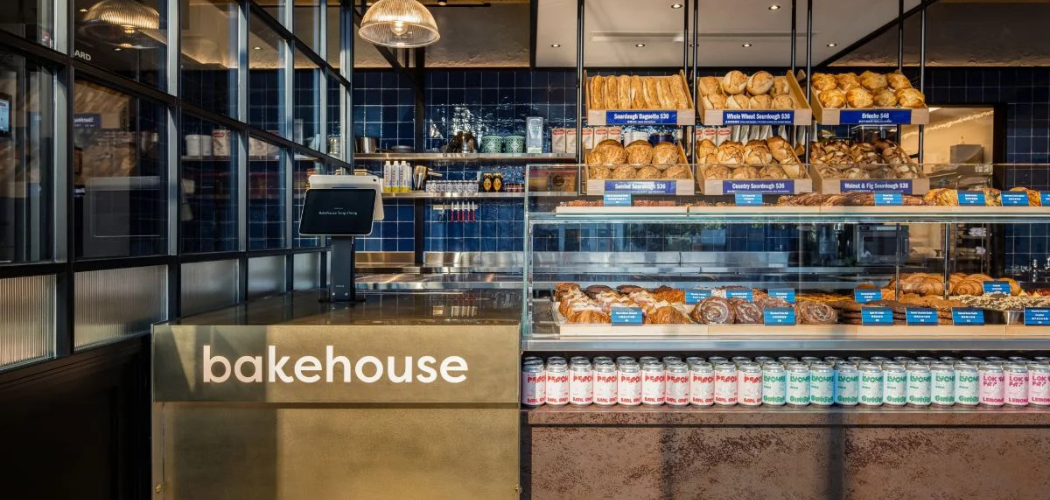B2B marketing spending has been continuously shifting to "the digital space." In fact, as of January 2021, digital marketing for B2B products and services has increased by approximately 14%, while traditional channels are still in the negative. And now, the digital space is more crowded than ever. Given the competition, how can a company in this day and age set itself apart? Do they need to stand out? Or perhaps target a different set of audiences?
In this article, we'll be discussing how a commonly neglected characteristic of users can effectively improve your reach. Today, we'll focus on why multilingual websites are vital to any B2B marketing strategy. Still, if you're curious about the whole process of building one, this article is a good resource.
Now that you're all settled, let's dive in.
Current State of B2B Digital Marketing Industry
Due to the pandemic, many companies have moved their operations online to ensure the safety of their customers and employees through remote human contact. According to McKinsey and Company, traditional B2B marketing has gone down by -52%. Meanwhile, digital interaction like videoconference has gone up to 43%, and online chat has increased by 23%. More than three-quarters of the B2B buyers and sellers interviewed said they preferred marketing through digital channels rather than traditional means.
Not only that, but according to an article by Global Trade Magazine, marketers said that 81% of their leads increased through their interactive content, and 89% of the respondents said they received high-quality leads through their content marketing. In short, your website is a treasure trove of content where you can actively engage with leads and prospects while promoting your product or services. But as mentioned above, because of the pandemic, everyone else is doing the same thing. And so, the question is, how can your prospects differentiate you from your competitors?
The simple solution is to make your website multilingual.
Benefits Of Having A Multilingual Website
Whether you're planning to market your brand locally or internationally, we have listed below several reasons why you should start seeking out a translation company that can help with localized market research and website design for your multilingual website. You might be surprised just by how much you're limiting yourself when it comes to digital marketing by having your website only in English.
11.7% of the Fortune 500 CEOs Are Immigrants
You might be saying, "My business only caters to those found in the US. I don't think it would make much of a difference if I made my website multilingual or not."
According to Forbes, 55% of America's billion-dollar start-up companies have immigrant founders, some of which were initially international students. While Boardroom Insider's 2017 research showed that 11.7% of the top Fortune 500 companies have CEOs who weren't born in the US like Microsoft, Google, and McDonald's. By building a multilingual website, you're broadening your target market and fostering a connection and trust with your prospects through communicating to them in their mother tongue.
Speak the Native Language to Build Trust With Your Customers
There has been considerable research showing that marketing in their mother tongue increased interaction with prospects. This data is exemplified in an article by CSA Research, in which about 75% of consumers said they would most likely buy products from websites in their mother tongue. And even though they were highly proficient in English, 65% still said they preferred content in their native language.
The average person stays on a website for about 45 seconds. If they find what they're looking for, they will browse through your website's content, which is why you have to get your user's attention immediately. If your prospect is not a native English speaker, that could be a problem because around 40% of internet users have stated that they will never buy from websites that were not in their native language.
So if you were planning to penetrate the international market, this information is very alarming. Despite English being the most widely used language, it only makes up 25.9%, which makes you wonder how many potential customers you're losing by not transitioning to a multilingual website right now?
Increase Prospects Through Catering to FLNE and LEP Users
If you're not generating many leads with your current native English-speaking audience, maybe you could try opening your target audience towards the FLNEs and LEPs. But let's back up a bit. What are FLNEs and LEPs?
FLNE stands for First Language Not English, an umbrella term made by the Center of Promise — a US research center — to describe non-native English speakers, including Bilinguals, English Learners, and Limited English Proficiency (LEP) who aren't fluent in English.
Currently, there are 900 million Chinese internet users compared to US internet users that were 300 million, and it isn't much of a surprise as 19.4% of the content online is in Chinese. If you're not convinced yet, well based on a study conducted by Translated, through translating your English website into Chinese, Japanese, and German, you have the potential of accessing 50% in terms of worldwide sales.
Establish Your Brand's Legitimacy Via Website Localization
When it comes to selling your brand, one way of establishing your professionalism and dedication in catering to your customer's needs is through having a multilingual website. Logically this makes sense, right?
Any of your competitors can set up an English website. But when it comes to creating a multilingual website, it takes a lot of time and effort to prepare to make one. From conducting market research and feasibility studies to considering your website's UX design and coding, you can understand why many companies don't bother to localize and translate their website. If anything, this proves how committed your company is when it comes to customer service and satisfaction, which will, in turn, boost B2B leads of your website.
More Research And Data Emphasize the Needs of an FLNE and Non-English Speaking Website
In another study conducted by CSA Research, 73% have stated that they wanted more product reviews in their mother tongue while 66% use online translation machines. A staggering 76% of online shoppers said they would repurchase a brand if the after sales care were in their native language. These findings are further backed up by another study in which it saw that only 36% of the online GDP is coming from English speakers because 79% of the global online audience does not speak English. Martijn Bertisen, from Google, had stated that UK's top apparel retailers had 70% of their traffic coming from abroad, which was only made possible when they implemented localization into their digital marketing campaign.
Key Takeaway
B2B digital marketing is here to stay, and the pandemic has further affirmed this a fact. With an oversaturated online market, building your brand awareness and increasing lead generation is difficult and often frustrating. But by creating a multilingual website with the help of a translation company like Tomedes, you can effortlessly transition from a monolingual website to a multilingual one, you’re opening yourself to a broader market than the current one you’re in.




